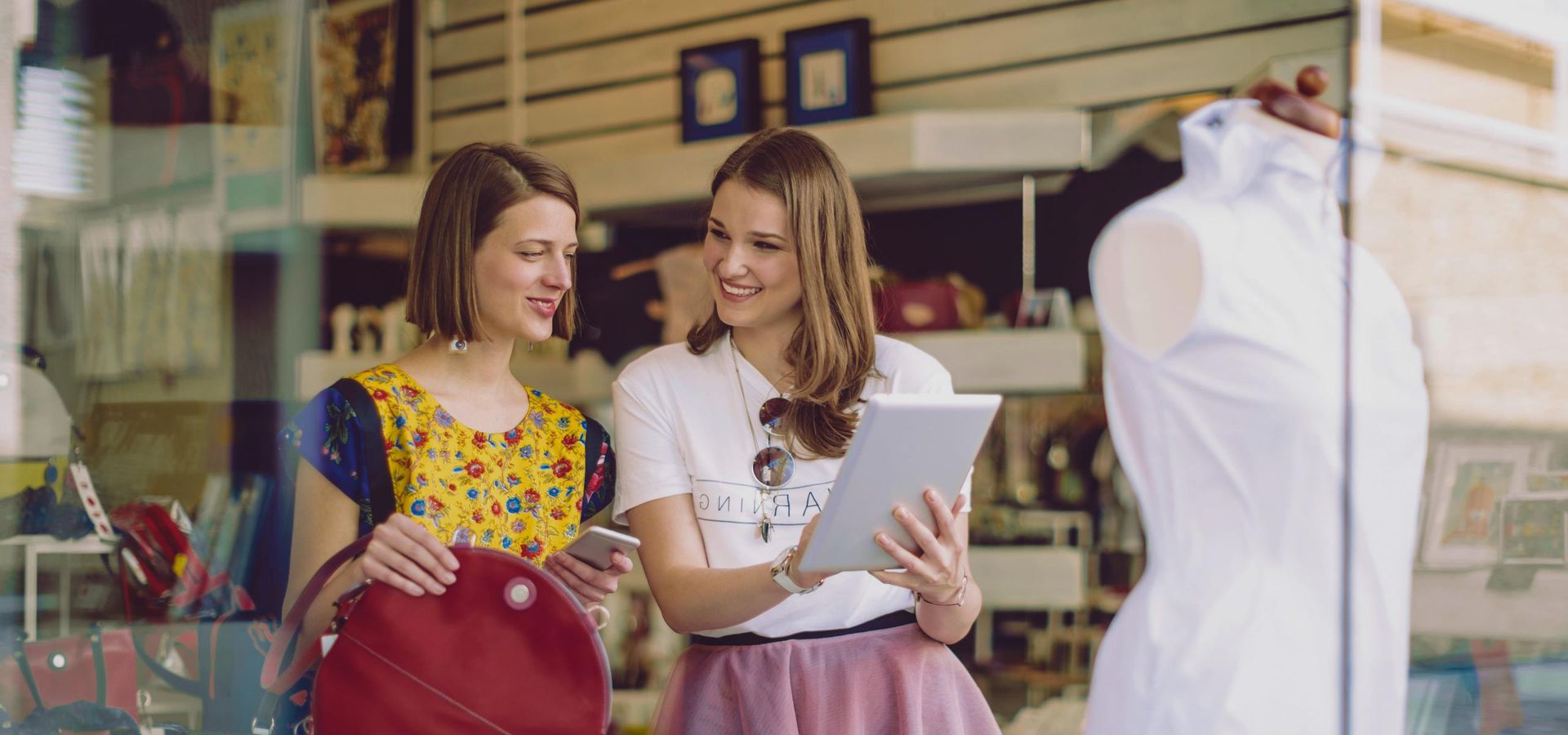
IoT in retail: 10 use cases, benefits, and challenges
May 4, 2023

by Max Pliats,
Cloud and IoT Solution Architect
Forward-thinking retailers can benefit from IoT technology by initiating retail software development. IoT applications allow retailers to raise productivity, improve customer experience, reduce costs, and increase sales.
Explore the concept of IoT in retail, view numerous use cases and real-life examples, and learn the main benefits and challenges from a retail business perspective.
The state of IoT in the retail market
Retail IoT technology is growing at a fast pace. Here are some notable figures and facts.
Growth rate
The IoT in retail market is estimated to reach $177.90 billion by 2031, growing at a CAGR of 20.3% from 2022 to 2031
Research and Markets
Economic value
The economic value of retail IoT environments is expected to range from $5.5 trillion to $12.6 trillion by 2030
McKinsey
IoT in the cloud
By deployment mode, the cloud segment is expected to register the highest CAGR of 23.1% from 2021-2031
Allied Market Research
Use cases
Self-checkout and marketing personalization are expected to generate the highest economic value among all use cases of IoT in retail from 2020 to 2030
McKinsey
Scheme title: Retail environments. Estimated economic value by use case, 2020–30, $ billions
Data source: mckinsey.com — The Internet of Things: Catching up to an accelerating opportunity, 2021
Top 10 IoT use cases in retail
Checkout remains one of the most labor-intensive retail operations and a tiresome process for customers. If a store is overcrowded, shoppers often decide to leave in order not to wait in checkout lines. IoT-enabled solutions can facilitate checkout automation, allowing businesses to streamline and personalize this procedure.
For instance, an improved checkout system can read tags on each item as customers leave and automatically charge the customer’s mobile payment app. The main advantages of self-checkout from a retail business perspective include the following:
- Increased customer satisfaction
- Reduced staff costs
- Enhanced employee productivity
- Better use of physical space
Marketing personalization
Once deployed, connected devices and sensors can aggregate and process massive amounts of customer data, which can further help to personalize marketing campaigns. For example, depending on their business goals, retailers can use IoT to deliver more targeted ads, offer personalized programs and discounts, or tailor content to specific customer segments.
HR monitoring
Despite widespread digitalization, people remain one of a retailer's most valuable assets, making human resources management a critical business aspect. Fortunately, IoT helps streamline HR management by providing retailers with a more comprehensive view of their employees.
In particular, corporate HR specialists can use IoT devices to monitor and improve the following parameters:
- Employee safety and health
- In-store performance
- Wellbeing and stress
- Workplace comfort
Inventory management
Inaccurate inventory tracking can cause overstocking, stockouts, and shrinkage, so it remains a persistent problem for retailers. However, IoT in retail can automate inventory visibility, solving these and other inventory management issues for good.
Implementing smart inventory management systems encompassing RFID tags, store shelf sensors, beacons, digital price tags, and video monitoring coupled with image analysis can enhance procurement planning at every level of the supply chain. When the company runs out of a particular item, the system can automatically reorder the necessary items.
Retail store layout optimization
Proper product placement and layout are necessary to sustain a retail business's growth. IoT devices and sensors can collect data on how customers behave in particular product areas and how they react to specific layout options, enabling more smart retail and the following business advantages:
- More sales of unpopular products
- Enhanced sales of products with a limited shelf life
- Improved sales of a particular manufacturer’s products
- An increase in the average buyer’s checks
Retail store energy management
IoT adoption allows a retailer to make business more cost-effective and profitable via intelligent energy consumption and distribution. For example, retailers can deploy smart lighting networks that automatically turn off when no customers are in the store or work at total capacity during peak hours.
In addition, such an intelligent network can provide data on energy usage over weeks, months, and even years. It enables a retailer to optimize energy consumption and allocation in the short and long run.
Product tracking
Thanks to advanced connectivity provided by IoT technology, delivery tracking is no longer a problem for retailers and customers. On the one hand, IoT allows retailers to track products to their final destination, ensuring every customer receives their order on time. In turn, customers can check the status of their orders even in real time, leading to increased satisfaction and loyalty.
Product usage monitoring
A retailer can monitor a particular product even after it has been delivered to a customer to evaluate its usability better. First, the retailer can alert customers when their products need maintenance. In addition, the retailer can draw insights from usage monitoring that are worth considering when creating new product lines.
Supply chain optimization
The use of IoT sensors enables a retailer to track the product's entire journey, from the production site and warehouse to a customer's home, using GPS and RFID tags. With this information, logistics managers can identify delays and bottlenecks to optimize the supply chain, making it more robust and cost-effective.
Cold chain monitoring
Managing the supply chain of sensitive and perishable goods such as food, medicines, or biological materials is complex and demanding. IoT technology makes it possible to monitor such indicators as temperature, humidity, and pressure in real time, thus helping ensure product safety and quality.
Considering adopting IoT in your retail business?
Examples of IoT in retail
Retail solutions empowered with IoT offer actionable insights that can uncover new opportunities for retailers and increase their ROI. Here are a few examples of how IoT can capture new revenue opportunities.
An industry leader in accessible luxury handbags, accessories, footwear, and apparel, Rebecca Minkoff has installed smart mirrors in their branded domestic retail stores. Smart mirrors located in fitting rooms read RFID tags on each item of clothing and display other sizes and colors available.
Moreover, smart mirrors demonstrate how the item can be styled with different looks and suggest other items based on what a customer is trying on. Customers can try on different clothes without leaving the fitting room, while retailers receive customer preference data for personal promotions.
Kroger, the largest US supermarket chain by revenue, installed 2,200 smart shelves. While they look like regular shelves, they’re equipped with RFID tags that read items and send the data to an IoT system. The data can then be stored, formatted, and analyzed. For example, the retailer can use the system to find information about products running short, while shoppers can receive product information when they touch the shelf below an item.
In addition, Kroger’s smart shelves can be integrated with customers’ digital grocery lists and light up when an item on the list is nearby. Thus, RFID-equipped smart shelves allow the retailer to improve customer service in real-time.
Amazon opened its first Amazon Go automated store where customers could make purchases and transactions without a cashier back in 2016. However, this store was in test mode for two more years and was available only to employees; it opened to the public in 2018.
Today, Amazon Go has grown into a full-fledged retail chain with 15 stores in the UK and 29 stores across the US. All these stores use computer vision, deep learning, and IoT technologies. Such a unique technology mix helps Amazon automate purchases, checkout, and payments, thus dramatically decreasing queuing times.
Auchan, an international retail group, has benefitted from implementing beacons in its hypermarkets. Auchan aimed to better understand how customers move around its 31,000 m² hypermarkets and help them find the needed products.
Beacons, hardware sensors that track movement and transmit data, proved suitable for the task. Beacons send customers wayfinding notifications on a special map on their mobile devices. Simultaneously, customers get personalized promotions as they move through the store.
As a result, customers visit more frequently and for longer, navigate the store easier, and receive deeply personalized offers.
Top IoT technologies in retail
Depending on the project’s type and scale, a retail IoT solution can encompass the following technologies.
RFID
Radio Frequency Identification (RFID) is a technology that allows remote identification of both living and non-living objects through radio signals. A typical RFID system consists of tags that store information about a particular object, readers that can scan the tags and process the data, and software that makes it all work together.
In the simplest scenario, RFID technology can prevent theft in physical stores. In addition, it can handle the following tasks:
- Identification of item location in warehouses
- Inventory automation
- Incoming and outgoing transactions accounting
- Real-time shipping monitoring
- Limiting access to work areas
The RFID tags market is expected to reach $14.69 billion in 2026, growing at a CAGR of 9.3%.
NFC
A branch of RFID technology Near Field Communication (NFC) uses radio waves to transfer data between two closely-located devices. Typically, such a connection starts automatically when a device gets within range of another.
In general, NFC supports three main work regimes:In general, NFC supports three main work regimes:
Contactless payments
Using an NFC-enabled smartphone, customers can pay for their purchases at checkout, avoiding the need to carry cash or credit cards.
Communication between devices
Devices empowered with NFC, including smartphones and tablets, can easily exchange data.
Processing data from NFC tags
Unlike QR codes, scanned with a camera and a specialized app, an NFC tag can be read automatically when a device gets into the target area of another device.
AR/VR
An IoT solution can be equipped with augmented reality (AR) and virtual reality (VR) to deliver a more advanced customer experience. For example, when selling certain products, employees can send interactive instructions to customers, helping them get more product details. Using a smartphone with AR-powered mobile apps, a client can quickly understand how the product works and examine its distinctive features.
In practice, AR and IoT technologies can work together for various purposes, including:
- Increasing customer engagement
- Providing an outstanding in-store experience
- Educating and training employees
- Enhancing product design and development
Most popular IoT devices
Computing devices that communicate via the internet and collect data are an important component of the IoT solution architecture for retail. Here are examples of the most common IoT devices.
Sensors
A sensor is often considered a basic unit of any IoT ecosystem. IoT sensors collect data from IoT devices and send it to a central cloud repository or a physical server for further processing and analysis. Depending on its purpose, a sensor can collect different data types to help retailers monitor products' condition and ensure the safety of the work environment.
Here are some popular types of sensors for the retail industry.
- Temperature sensors
- Proximity sensors
- Pressure sensors
- Smoke sensors
- Humidity sensors
- Motion detection sensors
- Chemical sensors
Scheme title: The global IoT sensor market is expected to reach $54.46 billion by 2029
Data source: Data Bridge Market Research — Global Internet of Things (IoT) Sensor Market - Industry Trends and Forecast to 2029
Wearables
A wearable is an accessory or item of clothing that detects, collects, and transmits various information from the owner or the owner’s environment. Vice versa, wearables also receive data from the outside and then deliver it to owners.
As the market for wearables grows, the technology is finding more industry applications, and retail is no exception. Here are a few examples of how a retailer can use wearable devices daily.
- Sending messages and notifications
- Promoting and advertising products
- Delivering discounts and special offers
- Personalizing marketing campaigns
- Providing omnichannel CX
Scheme title: Worldwide wearables forecast by product
Data source: IDC — Wearable Devices Market Share, 2022
*Forecast
Adopt the ultimate retail IoT technology
Best IoT cloud platforms
We use the leading cloud platforms to deploy the backend of IoT apps, gather, manage and analyze data, and maintain connectivity across IoT networks.
AWS IoT
Data services
- AWS IoT Events for event monitoring
- AWS IoT Analytics for data analysis
- AWS IoT FleetWise to process vehicle data
- AWS IoT SiteWise to process facility data
- AWS IoT Twin Maker for building digital twins
Control services
- AWS IoT Core for connecting IoT devices
- AWS IoT Device Advisor for device validation
- AWS IoT Device Defender for data security
- AWS IoT Device Management to control IoT devices
Device services
- AWS IoT Device SDK to connect devices to AWS
- AWS IoT ExpressLink to maintain hardware modules
- AWS IoT Device Tester for automated testing
- AWS IoT Greengrass to manage edge devices
Azure IoT
- Azure IoT Central for accelerating IoT development
- Azure Digital Twins for IoT modeling
- Azure Time Series Insights for data analysis
- Azure RTOS for establishing IoT connectivity
- Azure SQL Edge to enable IoT and IoT Edge deployments
- Azure IoT Edge to offload AI and analytics workloads to the edge
- Azure Sphere for connecting MCU-powered devices
- Azure IoT Hub for secure device management
Benefits of IoT in retail
Better customer experience
IoT use cases in retail enhance the brick-and-mortar experience by gathering data and adding it to customer profiles. Using data from sensors, smart devices, and wearables, retailers can better predict consumer behavior and wishes. Customers, in turn, get relevant advertising and personalized offers.
Enhanced supply chain management
IoT use cases in retail, such as RFID tags and GPS sensors, can offer a complete picture of product movement from manufacturing to store shelves then to customers. Retailers can analyze detailed information about an item’s transit time or storage temperature in real time. IoT has proven especially useful for transporting perishable foods, allowing retailers to act fast in case of fluctuating temperatures and food spoilages and prevent substantial losses.
Improved retail automation
Another advantage of IoT in the retail sector is automation, which helps eliminate inefficiencies and reduce manual labor, leading to better service and increased competitiveness. Modern IoT devices can perform many routine tasks without human intervention - from security monitoring to inventory auditing and predictive maintenance. This, in turn, means that employees can focus on more strategic activities such as servicing and retaining customers.
Advanced analytics capabilities
With advanced connectivity provided by IoT, retailers can gather and analyze vast amounts of data related to customer behavior, physical stores, products, and inventory. This data can fuel retailers’ IoT data analytics system continuously, enabling more intelligent business decisions. By fostering decision-making, IoT helps improve store performance, optimize workflows, eliminate bottlenecks, and provide more quality customer service.
Solving key IoT implementation challenges
With so many success stories and benefits IoT offers, many retailers still hesitate to invest in connected technology due to possible challenges. Here's how companies address the most common issues to completely and responsibly integrate IoT into their retail operations.
Challenge
Solution
Security
Security
One of IoT’s critical problems is security and privacy. The security issue has been especially acute with the introduction of the General Data Protection Regulation (GDPR). While access to customer data gives retailers many opportunities, it opens up opportunities for cyberattacks.
Retailers should closely collaborate with IoT software developers to ensure that devices and sensors used in retail have robust security mechanisms: end-to-end encryption, secure passwords, regular software updates, and an IT infrastructure regularly scanned for vulnerabilities.
Infrastructure
Infrastructure
Most retailers need more infrastructure and network capacity to deal with vast volumes of IoT data. To complete the digital transformation of their stores, retail companies should invest significantly in robust networks, data centers, cloud computing, and customer-facing solutions like mPOS, barcode scanners, and tablets.
There’s no need to fund all the infrastructure aspects upfront while implementing a new technology. Retailers can start with minor changes, like using IoT to manage air conditioning or lighting systems. This will bring near-term ROI, after which they can implement more sophisticated IoT solutions, such as traffic analytics.
Data management
Data management
IoT data analysis can become a challenge if a retailer lacks relevant qualifications. Ecommerce employees, including marketers and sales managers, do not always possess the necessary technical skills to gain valuable insights from IoT systems.
Retail companies can manage data by hiring experts or relying on third parties with relevant IoT qualifications, training, and skills.
Building a more connected retail environment with IoT
Over the years, innovative digital technologies such as artificial intelligence or machine learning have played an increasingly important role in the retail industry. The Internet of Things is one more example of technology capable of optimizing essential aspects of the retail business, thus fostering digital transformation.
IoT can help retailers enhance marketing, HR management, logistics, procurement, and sales, leading to advanced performance and streamlined business growth. At Itransition, we believe that the IoT journey can be a profitable investment, and we are ready to give retailers this competitive advantage.
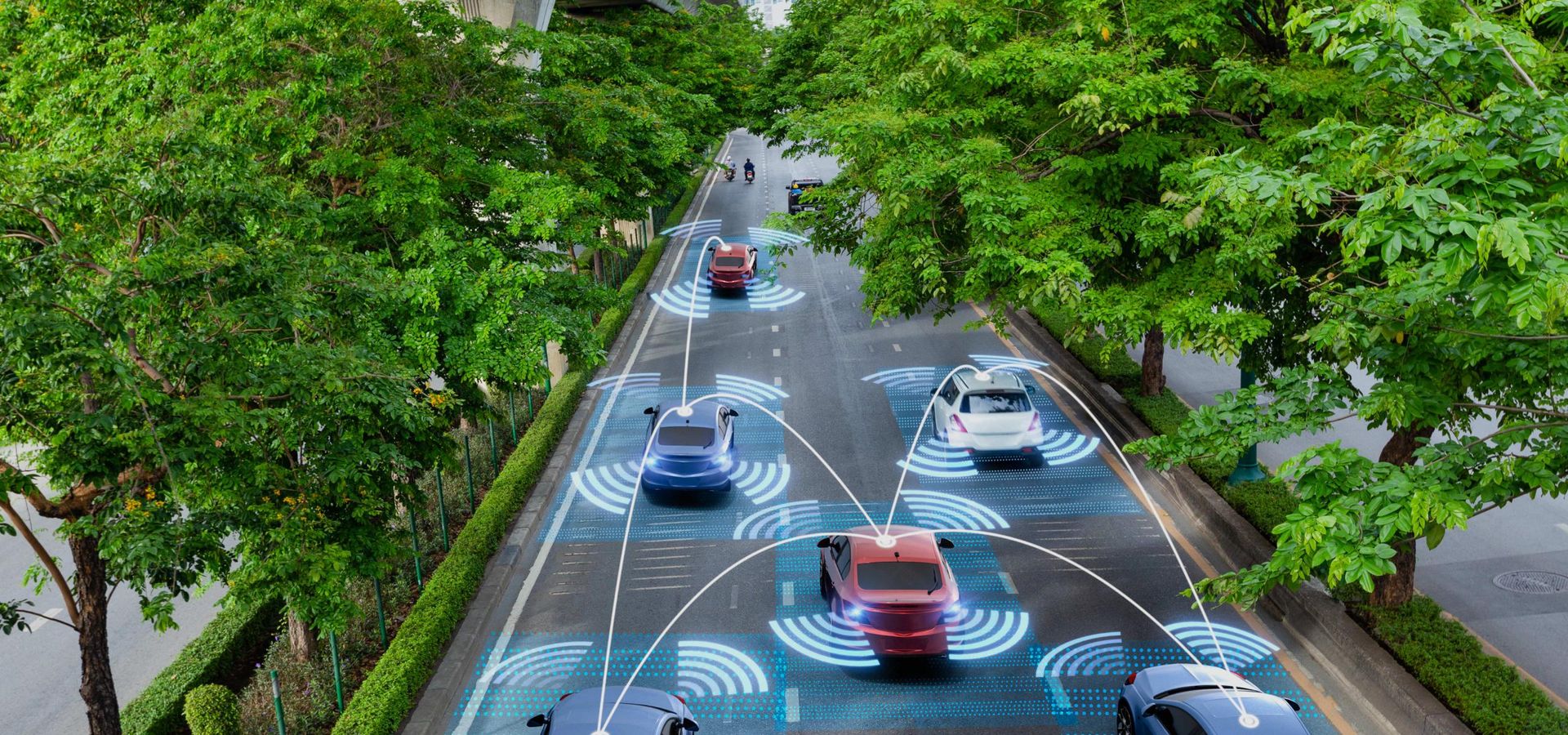
Service
Internet of Things software development
Professional IoT development services to deliver IoT solutions that efficiently manage the network of connected devices and generate real-time insights.
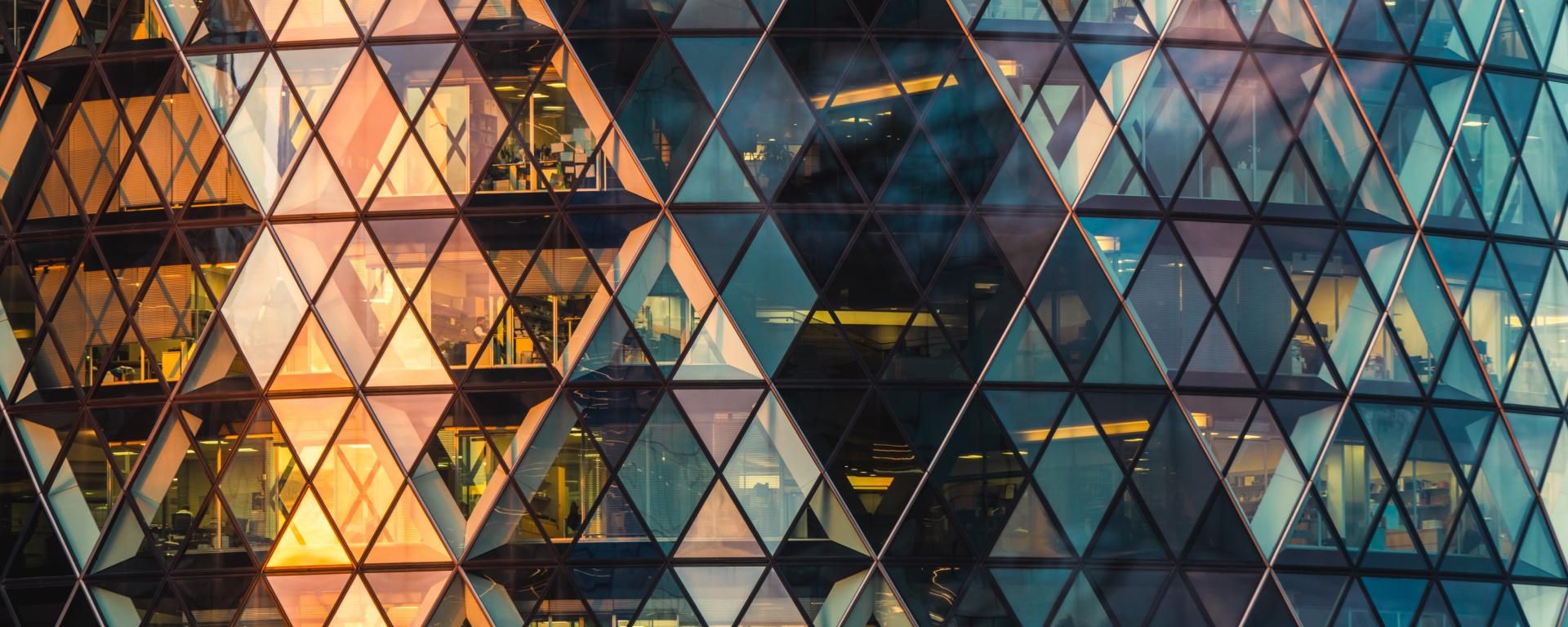
Service
IoT consulting services
Itransition offers IoT consulting services to provide businesses expert guidance through their IoT projects and ensure the solution’s efficiency and high ROI.

Insights
Top IoT use cases & statistics for 2025
Explore 35 IoT use cases across various industries, top market statistics for 2025, and best practices for IoT adoption.

Insights
IoT implementation: a step-by-step guide, benefits, challenges & their solutions
Explore the step-by-step guide for IoT implementation, along with its industry use cases, benefits, and common challenges and efficient ways to overcome them.
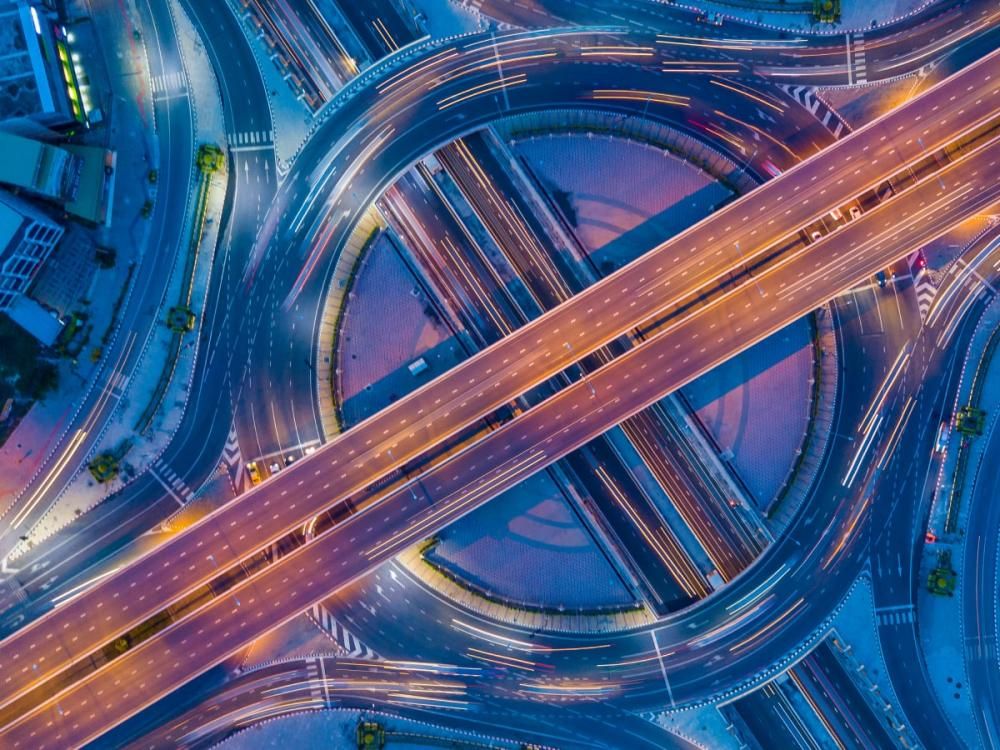
Insights
IoT data analytics: components, use cases & adoption guidelines
Learn about the architecture, main benefits, use cases, and prominent real-life examples of IoT data analytics and explore a detailed implementation guide.
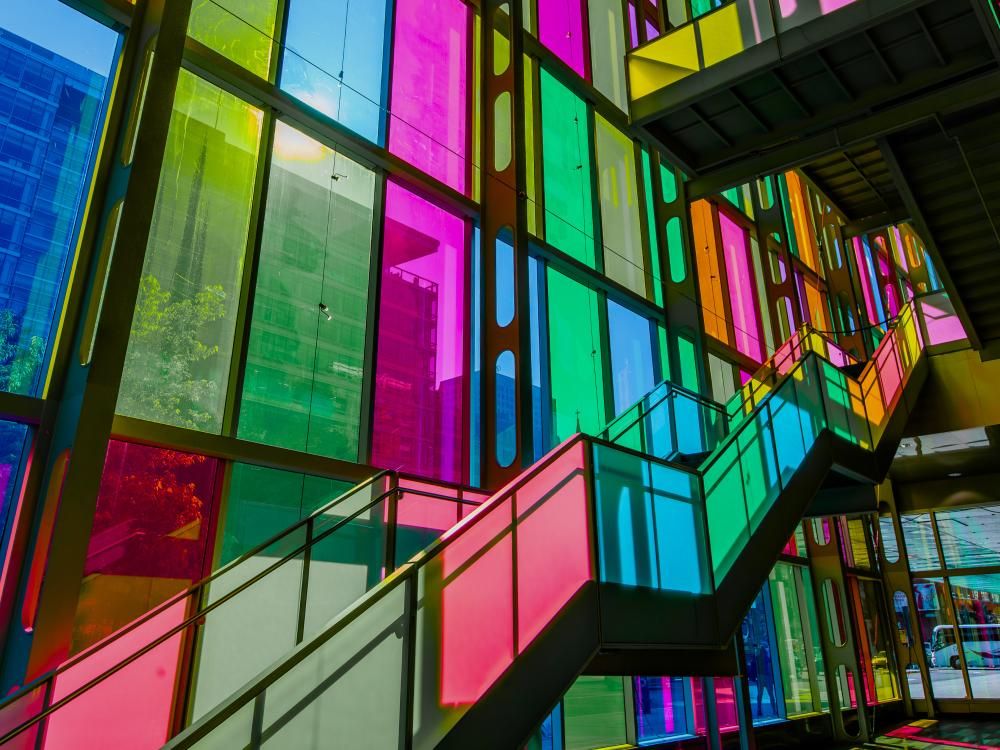
Insights
IoT architecture: key layers, components & use cases
Itransition shares a detailed structure of a typical IoT architecture and describes essential elements and factors to consider when choosing an IoT solution.
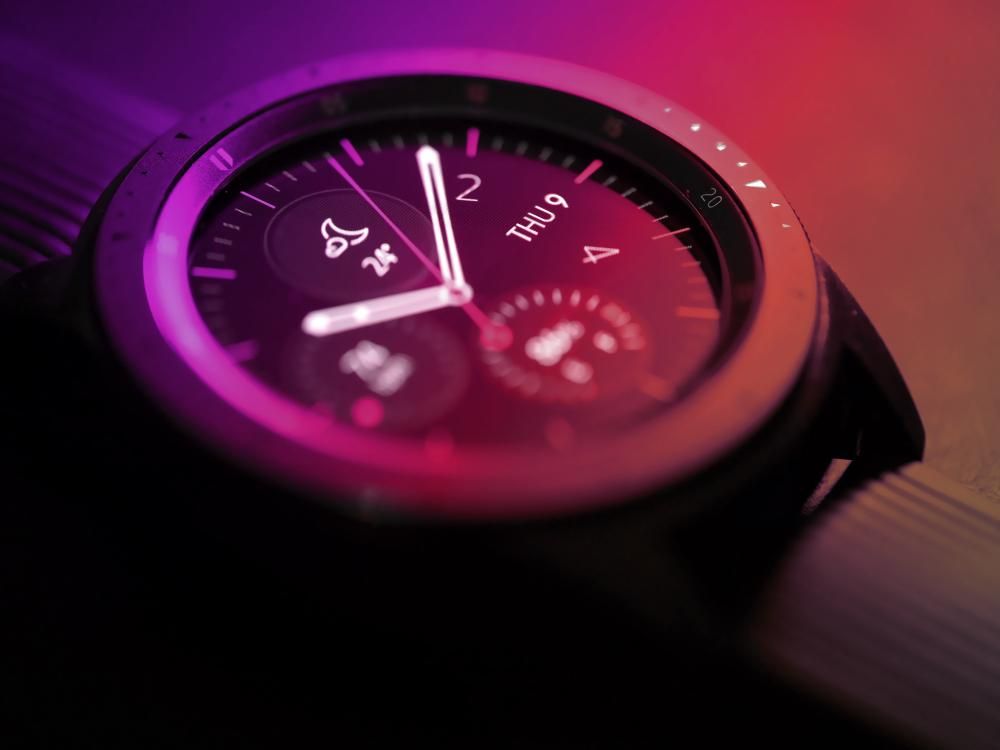
Insights
History of the Internet of Things: key milestones & future prospects
Learn about the history of the Internet of Things, including its key milestones with future opportunities, as well as IoT main benefits and roadblocks.
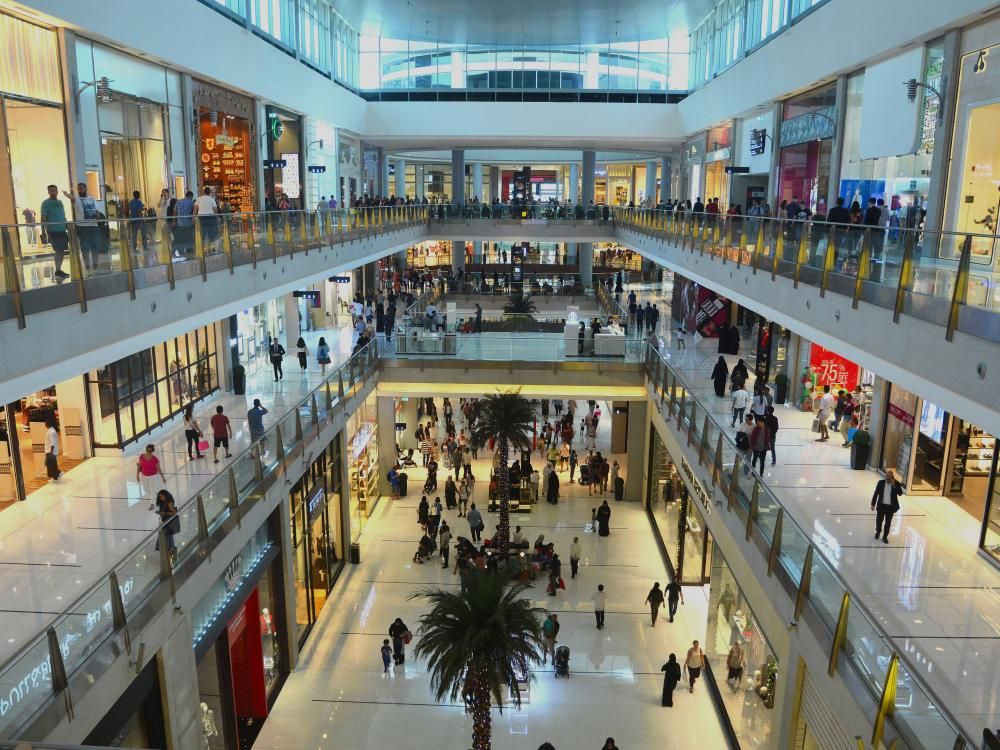
Insights
Beacons in retail: top use cases, benefits, and limitations
Learn how Bluetooth beacons help improve proximity marketing and engage customers in retail. Explore beacons’ functionality, applications, and limitations.